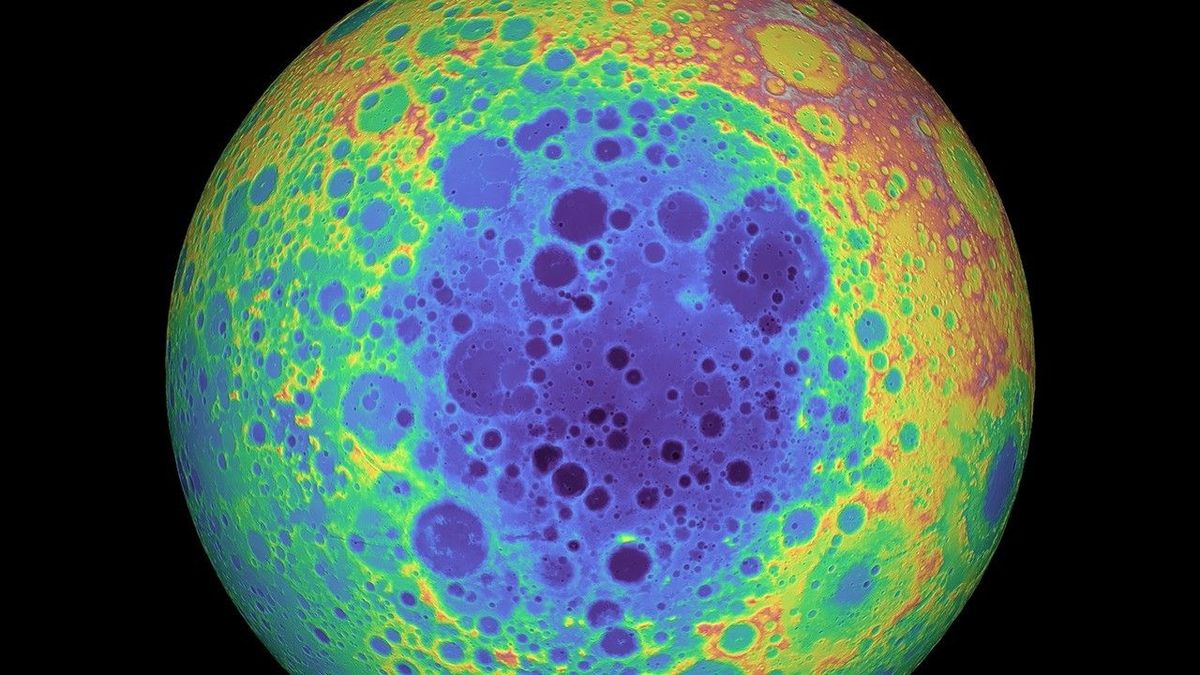New images from NASA’s Juno probe showcase Jupiter’s storms and its ‘potato’ shaped moon, Amalthea, in impressive detail.

Jupiter’s storms and its ‘potato’ moon Amalthea stun in new NASA Juno probe images (Image Credit: Space.com)
NASA’s Juno spacecraft has sent back stunning photos of Jupiter, including colorful, chaotic storms swirling through the planet’s atmosphere.
Juno completed its 66th close flyby (also referred to as a perijove) of Jupiter on Oct. 23, during which the spacecraft traveled close to the planet’s poles as well as near the world’s fifth-largest moon, Amalthea. The raw photo data captured by the spacecraft’s JunoCam during the flyby was recently processed by citizen scientists using color-enhancing filters to highlight Jupiter’s beauty.
The photos, shared on the mission’s website, reveal intricate details of Jupiter’s stormy atmosphere, including colorful bands, turbulent cloud patterns and powerful vortices, both big and small. Citizen scientists working with the raw image data, which is available to the public online, increased the contrast of the images captured in visible light to emphasize the planet’s striking color variation.
One of the photos, processed by citizen scientist Jackie Branc, captures a Folded Filamentary Region (FFR), which is an area generally found at Jupiter’s subpolar latitudes. FFRs are characterized by billowing white clouds and thread-like structures, called filaments, that form the planet’s chaotic, swirling storms.
Related: Jupiter’s mysterious moon Amalthea spied crossing the Great Red Spot (photo)


Juno also snapped pictures of Jupiter’s potato-shaped inner moon, named Amalthea. With a radius of only 52 miles (84 kilometers), Amalthea is significantly smaller than Earth‘s moon. Citizen scientist Gerald Eichstädt adjusted the white balance of the photo of Amalthea to brighten the moon and isolate it from the dark background of space.
Juno, which has been in orbit around Jupiter since July 2016, is operating on an extended mission that was originally expected to end in July 2021. Now, the spacecraft is in its last year of observation and is scheduled to intentionally plunge into Jupiter’s atmosphere in September 2025, where it will burn up to conclude its mission.
During its time in orbit around Jupiter, Juno has delivered thousands of high-resolution images of the planet’s atmosphere and several of its moons. In turn, this data helps scientists better understand the planet’s complex and variable atmosphere, as well as its formation and evolution.





